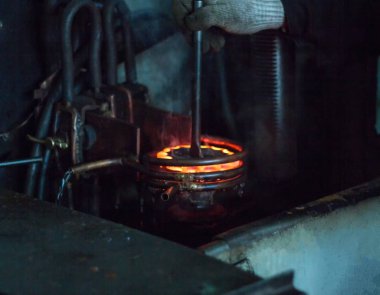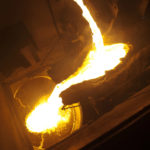In the document “Heat Treatment” from Scribd, the significance of heat treatment in altering the physical and chemical properties of materials, particularly ferrous and non-ferrous alloys, is elucidated. At the forefront of utilizing heat treatment processes to enhance the performance of various materials, expertise in this field plays a crucial role.
Heat treatment encompasses a group of industrial processes aimed at modifying the properties of materials, such as strength, ductility, toughness, and heat resistance. It involves subjecting materials to extreme temperatures, either heating or chilling, to achieve desired outcomes like hardening or softening. Techniques include annealing, case hardening, precipitation strengthening, tempering, and quenching.
The purpose of heat treatment is multifaceted, aiming to improve mechanical properties, enhance resistance to wear, heat, and corrosion, increase toughness, improve machinability, refine grain structure, relieve internal stresses, and enhance magnetic and electrical properties.
Leveraging heat treatment processes to achieve these objectives ensures the optimal performance of ferrous and non-ferrous alloys across various applications. From enhancing mechanical properties to refining grain structure and relieving internal stresses, expertise in heat treatment contributes to the advancement of material performance.
Click here to learn more about Advanced Technical Products.Article with all rights reserved, courtesy of scribd.com.
Photo with all rights reserved, courtesy of depositphotos.com






